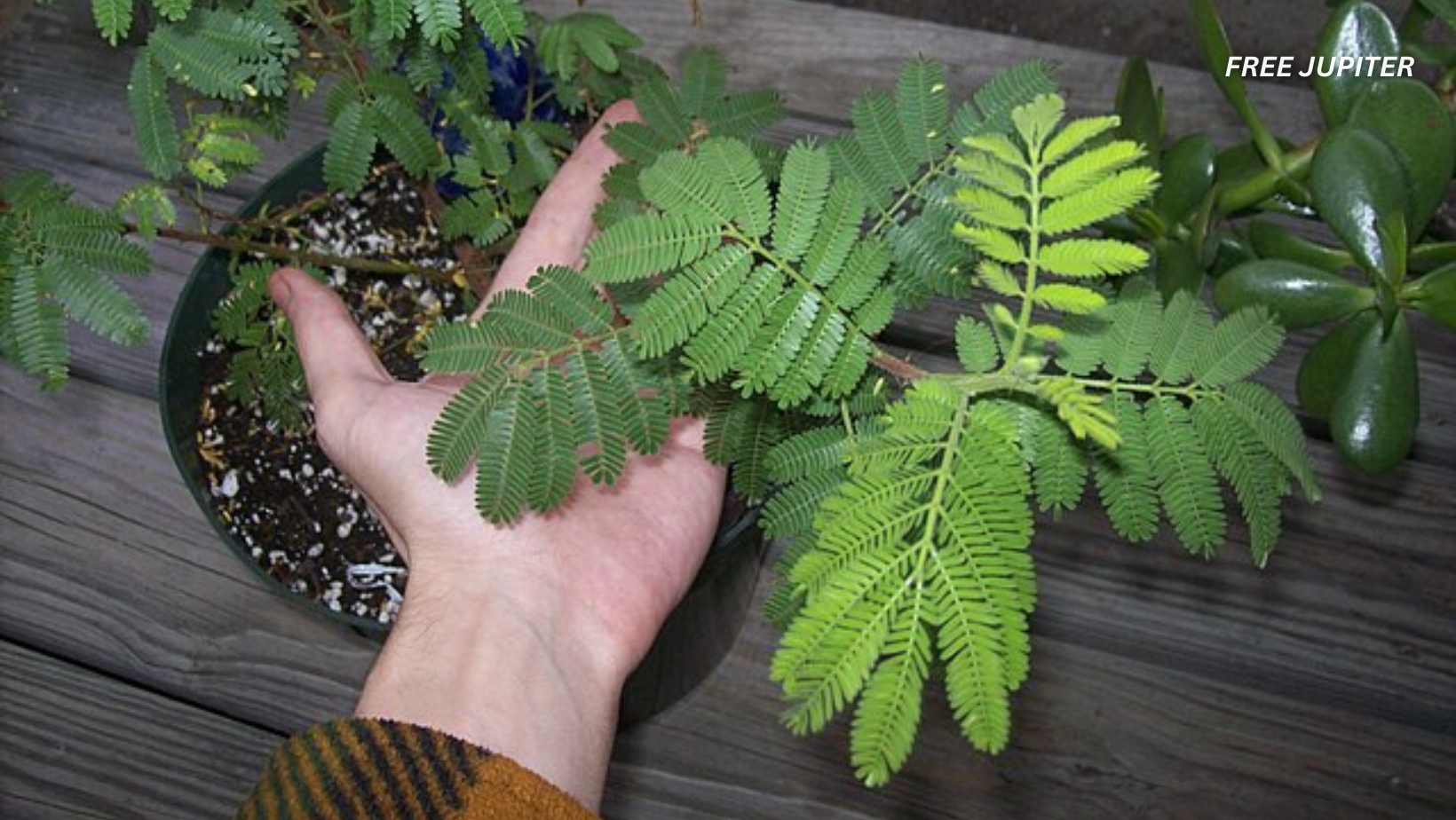In the heart of Brazil’s northeastern region grows a little-known plant with big potential, jurema preta. For centuries, Indigenous communities have used the root in sacred rituals, believing it holds spiritual and healing power. Now, modern science is starting to catch up, asking a bold question: Could this psychedelic root actually help treat depression?
At the center of this conversation is a powerful compound called DMT, naturally found in Jurema preta’s bark. While most people associate DMT with intense, visionary experiences, researchers are starting to uncover its possible antidepressant effects. Early studies in animals show promising results, suggesting the root may offer more than just ancient wisdom; it could point toward future therapies.
What Is Jurema Preta?
Jurema preta, scientifically known as Mimosa tenuiflora (also referred to as Mimosa hostilis), is a shrub native to northeastern Brazil. Traditionally, it has been used by Indigenous communities in spiritual rituals, particularly in the preparation of “jurema wine,” a psychoactive brew. The root bark of jurema preta contains N,N-dimethyltryptamine (DMT), a potent psychedelic compound.j
Traditional Use and Cultural Significance
For centuries, Indigenous peoples of northeastern Brazil have utilized jurema preta in religious and healing ceremonies. The plant’s psychoactive properties are believed to facilitate spiritual experiences and provide insights during rituals. Its use is deeply embedded in the cultural and spiritual practices of these communities.
The Science Behind Jurema Preta’s Antidepressant Potential
DMT and Its Role in Mood Regulation
DMT, the primary active compound in jurema preta, is known for its powerful psychedelic effects. Recent studies suggest that DMT may have antidepressant properties by interacting with serotonin receptors in the brain, particularly the 5-HT2A and 5-HT2C receptors, which are involved in mood regulation. These interactions could lead to rapid and sustained improvements in depressive symptoms.
Research Findings
A study published in the Journal of Psychopharmacology investigated the effects of a standardized extract of Mimosa tenuiflora bark in mice. The results indicated that the extract produced antidepressant-like effects independent of harmine (a β-carboline), suggesting that the plant’s benefits are not solely due to MAO inhibition. The study concluded that the antidepressant effects are likely mediated through serotonin receptors.
Another study explored the neuropharmacological potential of Mimosa tenuiflora in adult zebrafish. The findings demonstrated that the plant’s bark fraction exhibited anxiolytic and antidepressant effects, possibly through interactions with GABAergic and serotonergic systems.
Clinical Implications and Future Directions
The promising results from preclinical studies have led to increased interest in the potential therapeutic applications of jurema preta for depression. However, it’s important to note that most of the current research is in early stages, and more rigorous clinical trials are necessary to fully understand the efficacy and safety of using jurema preta in humans.
Researchers are also exploring the possibility of developing standardized extracts or formulations that could be used in clinical settings, ensuring consistent dosing and minimizing potential risks associated with traditional preparations.
How Safe Is Jurema Preta?
While the traditional use of jurema preta provides valuable insights into its potential benefits, it’s crucial to approach its use with caution. The presence of DMT means that consuming jurema preta can lead to intense psychedelic experiences, which may not be suitable for everyone. Additionally, the legal status of DMT-containing substances varies by country, and individuals should be aware of local regulations.
The Bottom Line
Jurema preta, a plant with deep cultural roots in Brazil, is emerging as a potential natural treatment for depression. Preclinical studies suggest that its active compounds may interact with key neurotransmitter systems involved in mood regulation. As research progresses, jurema preta could offer a novel approach to managing depression, especially for individuals who do not respond to conventional treatments. However, further clinical studies are essential to validate its efficacy and safety in humans.
Beyond Jurema: Other Ancient Medicinal Plants Gaining Ground in Modern Mental Health Research
As interest in psychedelic therapies grows, scientists and mental health professionals are increasingly turning their attention to other ancient medicinal plants—long used in traditional healing practices—for potential breakthroughs in treating depression, anxiety, and PTSD.
One of the most promising contenders is ayahuasca, a powerful brew made from the Banisteriopsis caapi vine and Psychotria viridis leaves. Indigenous communities in the Amazon have used it for centuries in spiritual ceremonies. The brew contains DMT, like jurema, but is said to produce a longer-lasting and more introspective experience. Recent clinical studies in Brazil and Europe suggest that ayahuasca may help alleviate treatment-resistant depression and reduce suicidal ideation after just one session.
Another rising star is iboga, a root bark native to West Africa, traditionally used in Bwiti spiritual ceremonies. The active compound, ibogaine, has shown promise in interrupting addiction cycles, particularly opioid dependence. In controlled settings, ibogaine appears to “reset” brain receptors involved in addiction, giving patients a window of clarity to begin recovery. However, its powerful effects and potential cardiac risks mean it must be used under strict medical supervision.
Psilocybin, the psychedelic compound found in “magic mushrooms,” is also undergoing a renaissance. Once stigmatized, psilocybin is now being fast-tracked in clinical trials in the U.S., Canada, and the U.K. Studies show it can lead to significant reductions in depression and anxiety—especially in cancer patients and those with existential distress. Unlike daily antidepressants, psilocybin may offer long-term relief after just one or two guided sessions.
And then there’s kava, a non-psychedelic root from the South Pacific traditionally used for social and medicinal purposes. Known for its calming effects, kava is being studied as a natural treatment for generalized anxiety disorder. Early findings suggest it could be as effective as pharmaceuticals—with fewer side effects and no risk of dependency.
As scientists continue to explore the healing potential of these natural substances, many are calling for a new era of integrative medicine—one that respects the cultural roots of plant medicines while using modern science to unlock their benefits. For now, ancient wisdom may hold the key to treating some of today’s most persistent mental health challenges.
Note: This article is for informational purposes only and does not constitute medical advice. Always consult with a qualified healthcare professional before considering new treatments.










